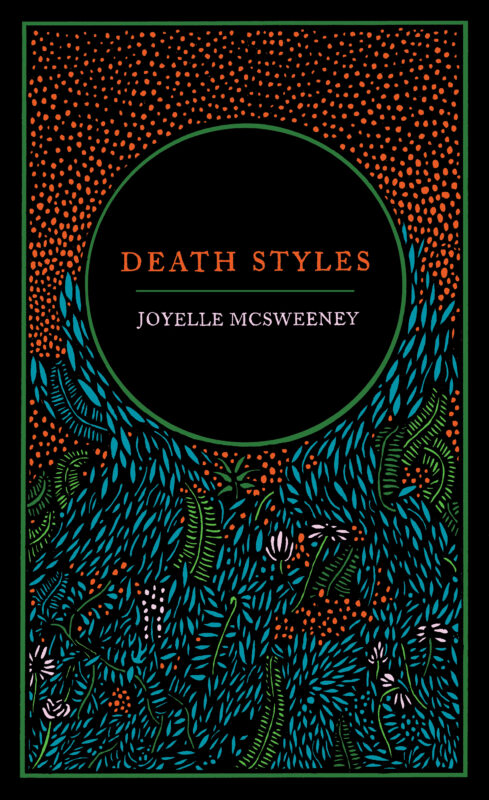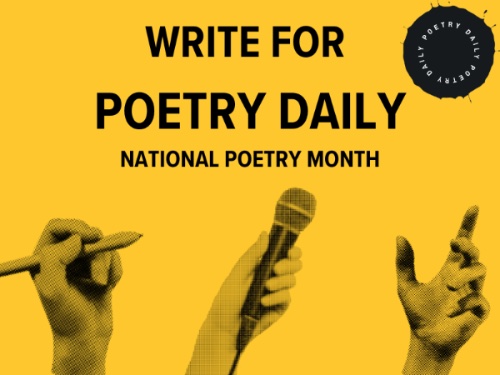“The Extermination showed up a few weeks before the machines came to Zanjón de la Aguada and drained the swamp (rank, fetid, black).”
– Mónica-Ramón Ríos tr. Robin Meyers
1.
The sonority arrives.
It arrives from a distance and makes an instrument of bone—the skull bone, the breast bone, the wrist that hefts the handless, heedless watch, its blank face, the little stapes that try to hold the tympanum in place. It may heft a strange burden, a sword of flame, to guard or else to indicate, like a struck plectrum or stuck frenum or with strange gait, a strange gate. Sonority, I
await thee, do sit here in my ossuary, in my sorority of skulls. They all look alike, and like me, ancient, young, and when the wind blows, we all turn like judgemental weeds in an alley. We all suck our teeth and hum. Like a dented dumb antennae, I’ve become
attuned to sonority through hearing loss. It makes my skull a hollow site, and sound a tide that arrives, arrives. My auditory nerves have idiopathically frayed, sound’s pulse won’t translate to audibility, it arrives at a lag or imperfectly, drops, comes back, goes off in some dingy cloud, sinks to die in some ravine. I’ve spent decades guessing. Sometimes I’m right. I study lips for their signs. When the audiologist covers her mouth, she says a word I cannot identify. The eye
in the hasp of her clipboard glints like a bird of prey’s. Evolutionarily, our mammal jawbones moved up to form the ossicles which allow us to hear as we move in space. Not mine. I unlatch my jaw like a snake’s for an egg that stands on its face at the equator. I lift a scope wrong-ways and watch a flea like a camel split a hair. Everything I
know about the world I learned from Looney Tunes. Its laws of chase-and-prey, momentum, gravity, an all-onomatopoeic universe, sound its percussive event. Looney Tunes, my first teacher. Looney Tunes, be my guide in Hell.




